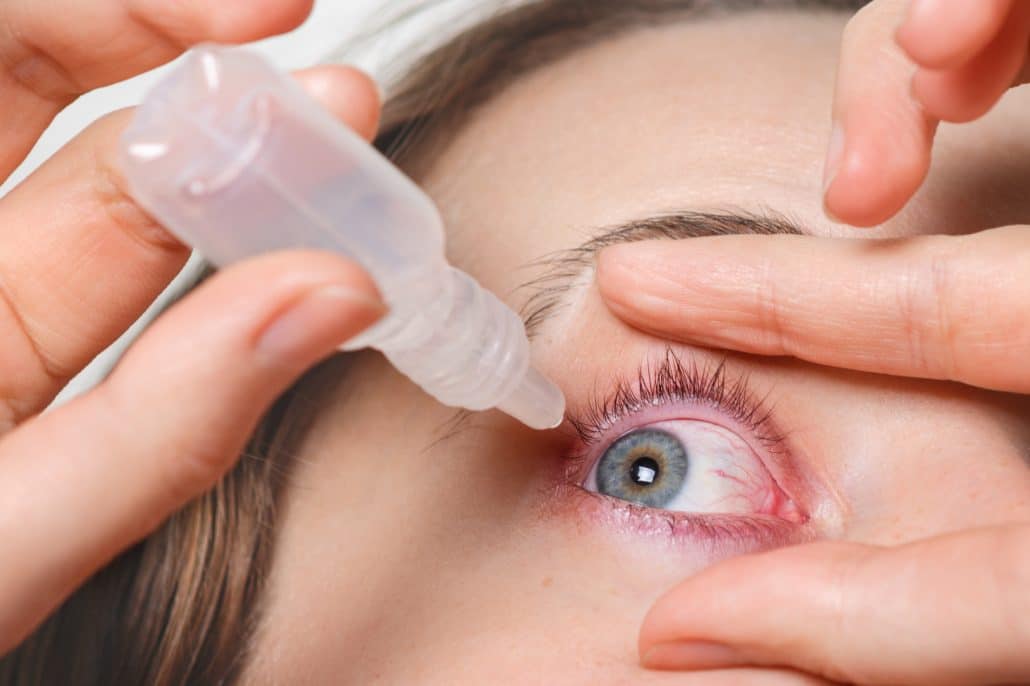All Categories
Featured
With the raising use of innovation, direct exposure to ecological aspects, and the all-natural aging procedure, taking proactive steps to protect your eyes is necessary. In this blog, we'll discuss some of the most common eye conditions and useful pointers on how to avoid them, guaranteeing you keep ideal vision throughout your life.

- Nearsightedness (Near-Sightedness):
Myopia, or near-sightedness, is a problem where far-off objects appear blurry while nearby items continue to be clear. It occurs when the eye is as well long, or the cornea is also rounded, creating light to concentrate before the retina. Nearsightedness is typical in kids and young people, and its prevalence has boosted due to raised display time.
Prevention:
Limit screen time and urge routine breaks to prevent eye strain. Advertise outdoor activities, as studies recommend that spending quality time outdoors can reduce the threat of myopia advancement in youngsters. If you are detected with myopia, wearing rehabilitative lenses such as glasses or contact lenses can help manage the condition. 2. Hyperopia (Far-Sightedness):
Hyperopia, or far-sightedness, is the opposite of myopia. It occurs when distant things are seen clearly, however close things show up blurred. Hyperopia occurs when the eye is also short or the cornea is also flat, triggering light to concentrate behind the retina.
Avoidance:
Routine eye tests can help identify hyperopia early. Similar to nearsightedness, rehabilitative lenses (glasses or calls) are typically suggested to correct the vision. Practicing excellent visual practices, such as staying clear of too much close-up work for extended periods, can likewise aid reduce signs. 3. Age-Related Macular Deterioration (AMD):
AMD is a problem that influences the macula, the component of the retina accountable for sharp main vision. This age-related disease triggers fuzzy or shed vision in the center of the aesthetic field, which can make tasks like analysis or identifying faces difficult. While the precise reason for AMD isn't fully comprehended, it's linked to aging, genetics, and environmental elements.
Avoidance:
Shield your eyes from UV rays by using sunglasses that block 100% of UVA and UVB rays. Consume a diet abundant in anti-oxidants, particularly those found in leafy environment-friendlies, fish, and nuts, to sustain retinal wellness. Do not smoke, as cigarette smoking is a substantial danger aspect for AMD. 4. Cataracts:
Cataracts establish when the lens of the eye becomes cloudy, hindering vision. This problem is most typically connected with aging but can additionally arise from extreme UV exposure, smoking, or certain medical conditions such as diabetes mellitus.
Prevention:
Use sunglasses with UV defense to reduce UV exposure, which is a leading source of cataracts. Prevent smoking cigarettes, as it accelerates cataract development. Preserve a healthy diet high in vitamins C and E, which have been revealed to sustain eye wellness and protect against cataracts. If you have diabetes, it is essential to handle your blood sugar level degrees to reduce your risk. 5. Glaucoma:
Glaucoma describes a team of eye problems that harm the optic nerve, usually as a result of high intraocular pressure. It can cause steady vision loss and, if left without treatment, bring about loss of sight. Glaucoma is often called the "quiet burglar of sight" since it usually establishes without obvious symptoms till significant damages has actually happened.
Avoidance:
Get normal eye exams, especially if you have a family members history of glaucoma, as it is hereditary. Exercise frequently to aid boost blood flow and keep healthy eye stress. If diagnosed with glaucoma, following recommended treatments and medications is necessary to take care of the condition and avoid additional damage. 6. Dry Eyes:
Dry eye syndrome takes place when your eyes do not produce sufficient splits, or the splits created are mediocre. This can cause irritability, inflammation, burning, and an abrasive feeling in the eyes. Environmental factors, display time, and specific medicines can intensify completely dry eyes.
Prevention:
Blink extra regularly when using digital devices to keep your eyes moist. Use artificial splits or lubricating eye drops to keep your eyes hydrated. Enhance the moisture in completely dry environments making use of a humidifier. Drink lots of water to stay hydrated and support tear manufacturing. 7. Conjunctivitis (Pink Eye):
Conjunctivitis, or pink eye, is a swelling of the thin cells covering the white component of the eye. It can be brought on by microbial or viral infections, allergies, or irritants. Although it is typically contagious, conjunctivitis is generally a light problem that settles with appropriate care.
Avoidance:
Clean your hands often and stay clear of touching your eyes. Do not share individual products such as towels, cushions, or makeup. If you wear call lenses, ensure to adhere to appropriate hygiene and cleansing methods. Verdict:
Taking proactive measures to safeguard your eyes is vital in avoiding typical eye problems and keeping healthy and balanced vision. Normal eye exams, a healthy way of life, and exercising great habits like appropriate display use and UV defense can all aid maintain your eyes in leading form.
Latest Posts
Why Choose Wood Secure Fencing from Montana Fencing?
Eye Center South - Comprehensive Eye Care: Premier Eye Care in Dothan, AL.
Vehicle Upkeep Solutions Now! at MO